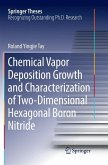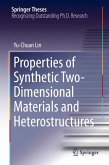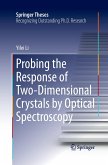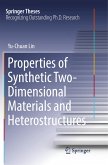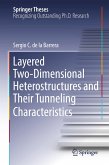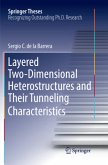This thesis focuses on the growth of a new type of two-dimensional (2D) material known as hexagonal boron nitride (h-BN) using chemical vapor deposition (CVD). It also presents several significant breakthroughs in the authors' understanding of the growth mechanism and development of new growth techniques, which are now well known in the field. Of particular importance is the pioneering work showing experimental proof that 2D crystals of h-BN can indeed be hexagonal in shape. This came as a major surprise to many working in the 2D field, as it had been generally assumed that hexagonal-shaped h-BN was impossible due to energy dynamics. Beyond growth, the thesis also reports on synthesis techniques that are geared toward commercial applications. Large-area aligned growth and up to an eightfold reduction in the cost of h-BN production are demonstrated. At present, all other 2D materials generally use h-BN as their dielectric layer and for encapsulation. As such, this thesis lays the cornerstone for using CVD 2D h-BN for this purpose.


